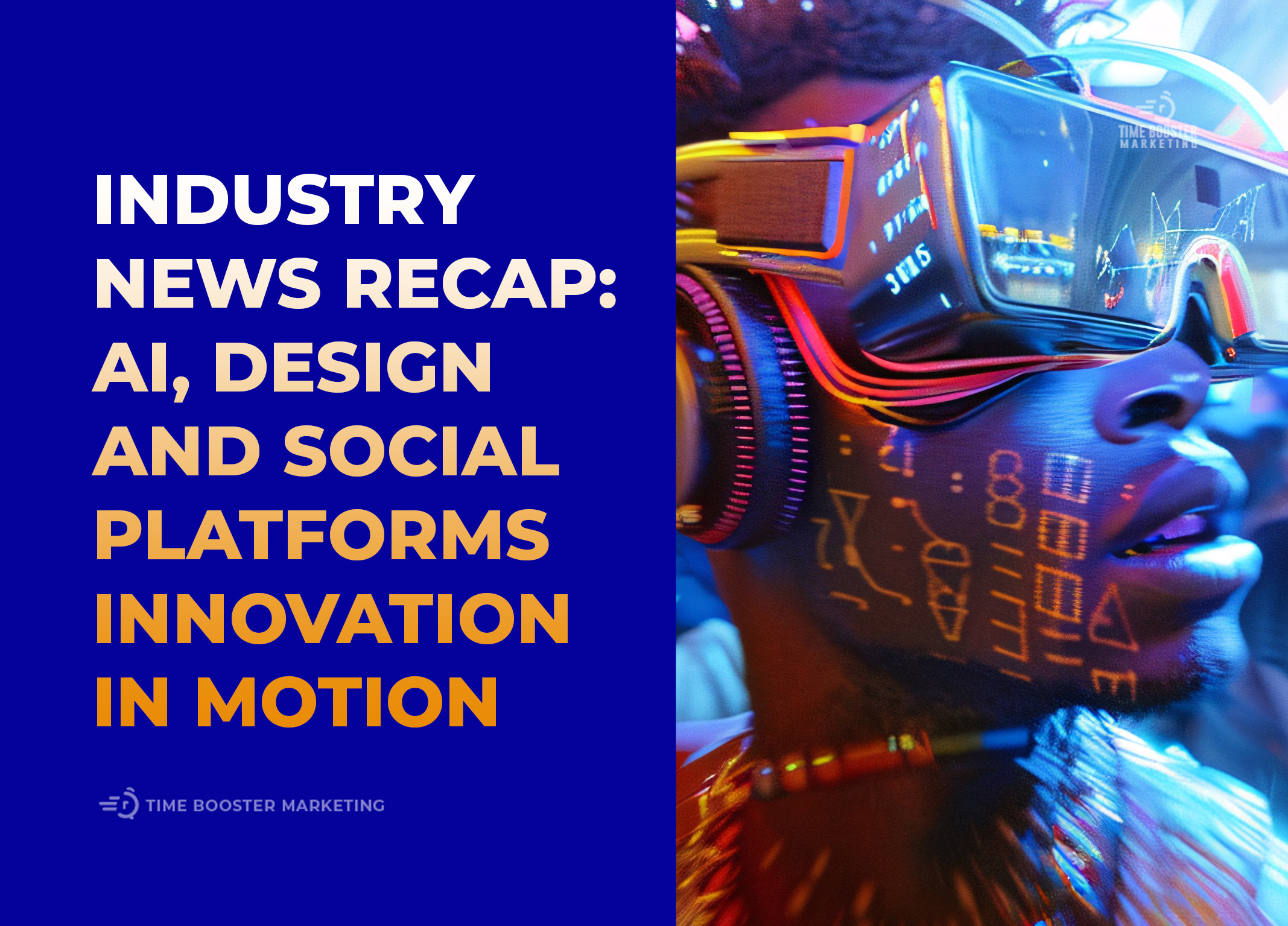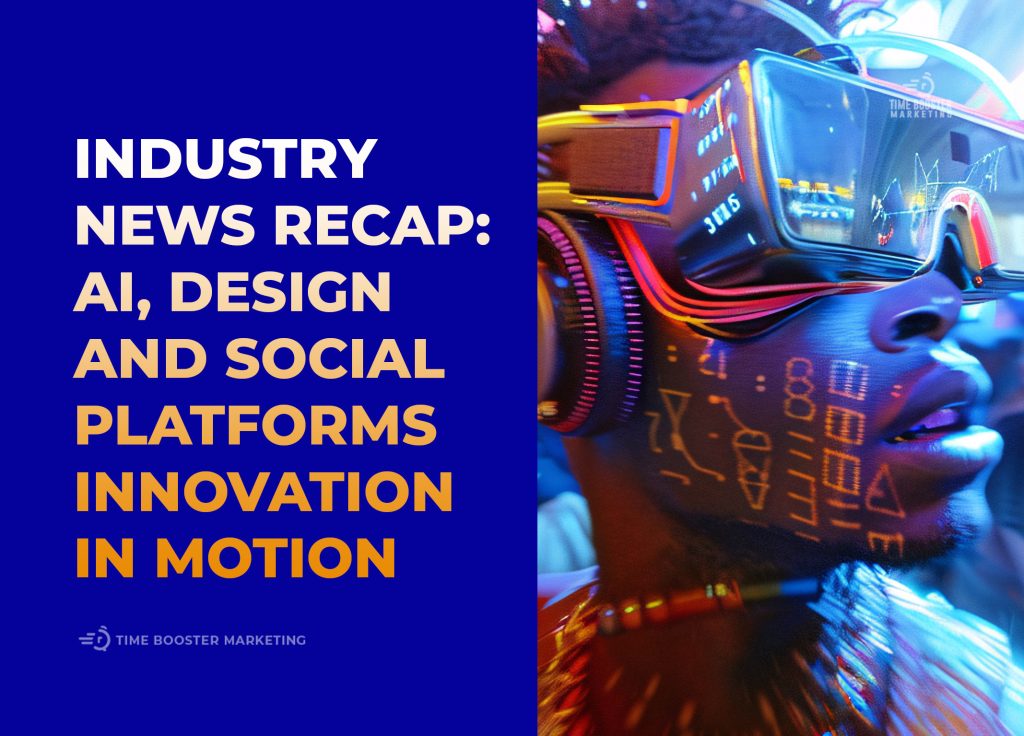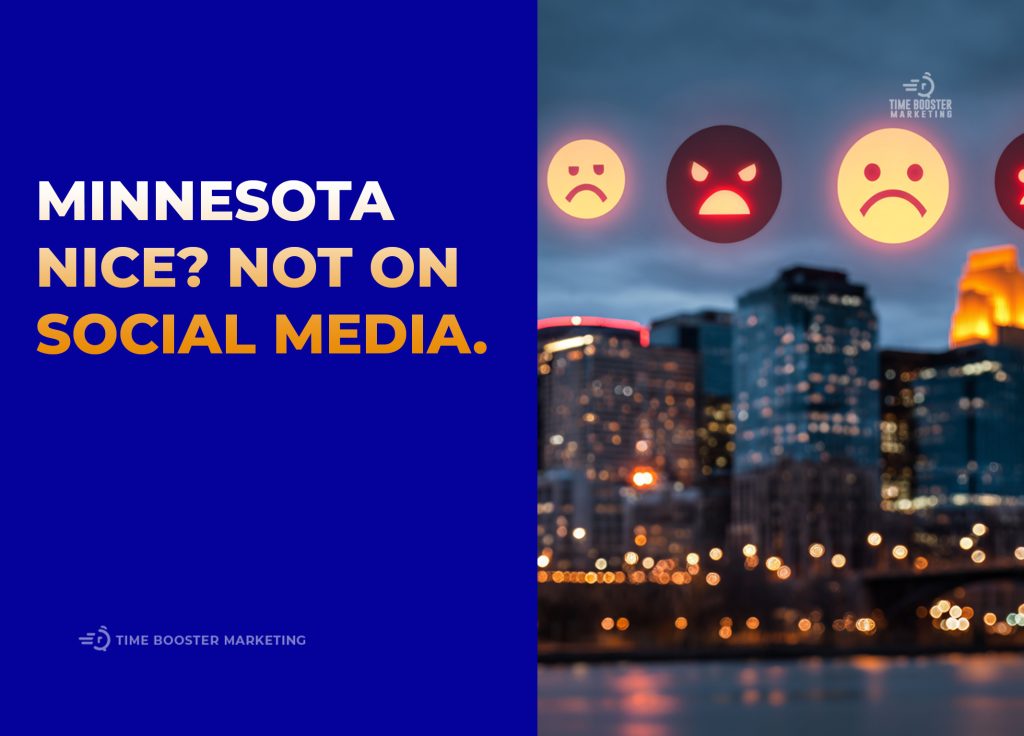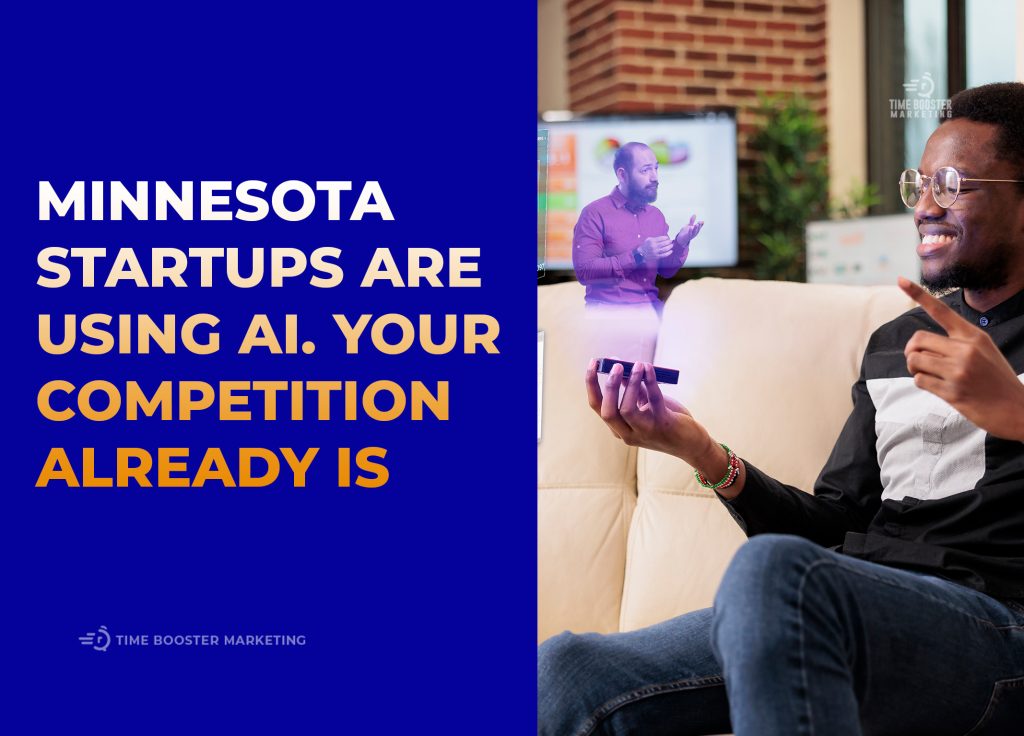News on AI, Design and Social Platforms
We live in a time when digital experience isn’t just about what you see; it’s how systems move, react, and adapt. From Facebook’s smarter Reels, to ballet brands adding motion and emotion to their identity, to AI agents automatically securing code, and ChatGPT integrating in-chat apps, these shifts signal a deeper convergence of AI, design and social platforms.
In this article, we’ll explore:
- How Facebook is evolving content recommendation to feel more personal
- How the English National Ballet rebranded with motion and emotional brand identity
- How DeepMind’s CodeMender is pushing AI to fix software vulnerabilities
- How OpenAI is embedding apps into ChatGPT to make chat interfaces more powerful
Together, these stories show the direction digital experience is heading.
Facebook’s New Reels Features: Friend Bubbles & Topic Recommendations
One of the more subtle but meaningful changes recently rolled out by Meta is the addition of “friend bubbles” on Facebook Reels and algorithm tweaks that emphasize newer creators. (Share Google)
What changed in practice?
- As you scroll Reels, you’ll now see an indicator when a friend has liked that content.
- Topic search recommendations (like TikTok style) are added under Reels, making it easier to dive deeper into subjects.
- The algorithm prioritizes fresher content: Meta says it’s surfacing 50% more Reels published that same day. (Share Google)
Why this matters
These updates reflect a shift toward social proof + relevance. When you see something your friend liked, it carries implicit endorsement. And letting users jump into topics helps content discoverability. For marketers, creators, and brands, it means:
- Align your Reels or short video content with trending topics
- Leverage social sharing (enthusiastic “likes” from friends help visibility)
- Move fast—fresh content has a better chance to get seen
This change is part of the larger trend of making algorithmic systems more adaptive, social, and context-aware.
Branding Ballet: Motion + Emotion in the English National Ballet’s Identity

In an unexpected but powerful twist, the English National Ballet recently collaborated with design studio EDIT (with HdK) to refresh its brand identity to be more dynamic, welcoming, and emotionally resonant. (Design Week)
The challenges facing ENB
- After COVID, some 15% of its audience didn’t return.
- New demographics desired a brand that connected as much emotionally as artistically.
- The old brand felt static, disjointed between classic and contemporary shows.
The brand transformation
- They kept traces of the old logo (which evoked ballet / pointe shoes), but repositioned it to be bolder and central rather than marginal.
- They layered in motion design so the logo and visual elements could animate; motion now is part of the identity.
- The color palette, gradients, and typeface were chosen to evoke emotion, fluidity, and openness.
- They refined verbal identity (tone of voice) to remove barriers, make ballet feel less “exclusive” and more inclusive.
- The new website is more flexible, letting the brand identity operate across shows, programs, outreach, etc. (Design Week)
Takeaways for marketers & brand designers
- Identity is not static—brands can evolve with motion and interaction.
- Visual elements that animate help brands feel alive, not just printed on a page.
- Emotional resonance matters—consumers (or audiences) remember how they felt more than what they saw.
- Flexibility is crucial: the identity must support a variety of content, products, or formats (in ENB’s case, different shows).
In the digital age, brands that can stretch and move visually will often connect more deeply than ones that remain rigid.
CodeMender: AI That Fixes Code Automatically
%20(1).webp)
DeepMind unveiled CodeMender, an AI agent aimed at strengthening software security by autonomously finding vulnerabilities and patching them. (Google DeepMind)
What CodeMender does
- It uses advanced models (Gemini + reasoning) to identify root causes of bugs or security flaws.
- It can generate patches and validate them for correctness (no regression, functional equivalence).
- It doesn’t blindly propose changes—it reasons, checks, and surfaces patches for human review when needed.
- Already, it has upstreamed over 70 security fixes to open-source projects, including large codebases. (Google DeepMind)
Why this matters
Traditionally, code security is manual, time consuming, error prone. Even automated tools (fuzzing, static analysis) have limits. CodeMender moves toward autonomous, yet safe, AI-assisted code patching.
For developers and startups, this suggests a future where:
- Routine security tasks can be automated
- Developers focus more on architecture, features, innovation
- Smaller teams can achieve higher code safety
In marketing tech, SaaS, fintech, or any product built on software, such automation reduces risk and operational overhead.
Apps in ChatGPT: Turning Conversations into Interfaces
OpenAI recently launched Apps in ChatGPT via a new Apps SDK. These apps live inside ChatGPT’s chat context. (OpenAI)
How it works
- When you chat, ChatGPT can suggest or invoke an app relevant to your query (e.g. using the Zillow app to browse listings).
- Apps respond with structured UI inside the chat (maps, sliders, forms) but remain conversational.
- Pilot partners include Booking.com, Canva, Coursera, Figma, Spotify, Zillow. (OpenAI)
Why this shift is powerful
- It blurs the line between conversation and app interface: you don’t leave the chat context to do tasks.
- It amplifies the context-awareness: your chat history, prompts, and data can inform which app is surfaced.
- For developers, it offers access to ChatGPT’s ~800 million users as a distribution channel.
In effect, the chat becomes a platform—not just a tool. And marketing or services that can embed themselves into chat flows have new opportunities for frictionless engagement.
Intersecting Themes: What These Stories Tell Us About Digital’s Trajectory
When you see these together, several common threads emerge:
1. Motion + Interaction = Living Brands
From ENB’s animated identity to ChatGPT’s embedded apps, brands are expected to move, adapt, respond. Static visuals are losing ground in a world of motion-first expectation.
2. AI as Assist & Autonomy
Both CodeMender and ChatGPT’s app layer show how AI is shifting from tools you invoke to agents that act on behalf of users. But with guardrails: both systems validate, review, and maintain quality.
3. Data informs Experience
Facebook’s tweaks around friend bubbles & topic suggestions show how algorithms use social signals + topic clustering to improve relevancy. AI models in code and chat use deep context to predict or suggest.
4. Emotional & Human Touch
Even as tech becomes more powerful, emotional storytelling (ENB) and subtle social cues (friend likes) remain central. Technology without human resonance falls flat.
5. Brand & Technical Convergence
Design, code, and platform strategy are merging. Brands now think in code and interaction; engineers think in brand and experience.
Practical Implications You Can Use
Here are some ideas you or your team can test or adopt:
- Introduce micro-animation into your brand identity (logo transitions, UI feedback)
- Use AI assistants (or build them) to handle repetitive tasks in marketing, security, moderation
- For chat or bot experiences, think of embedding micro-apps to reduce friction
- When posting content, highlight social proof (friend reactions, endorsements)
- Always validate AI outputs with human review—balance automation with oversight
Challenges & Risks to Watch
- Automation errors: AI-generated changes (in code or marketing) must be audited
- Brand dilution: motion and interaction must stay on-brand, not gimmicky
- Data privacy: systems that learn from user behavior must respect user consent
- Platform dependency: embedding deeply into others’ platforms (ChatGPT, social) risks exposure to policy changes
Conclusion
The stories from Facebook, ENB, DeepMind, and OpenAI reveal a future where digital experiences are alive, reactive, intelligent, and emotionally grounded. For designers, engineers, and marketers, this moment requires not just technical skill but curiosity, empathy, and vision.
Brands that move thoughtfully, let interaction be part of identity, and leverage AI in the service of human experience will lead the next generation of digital innovation.





